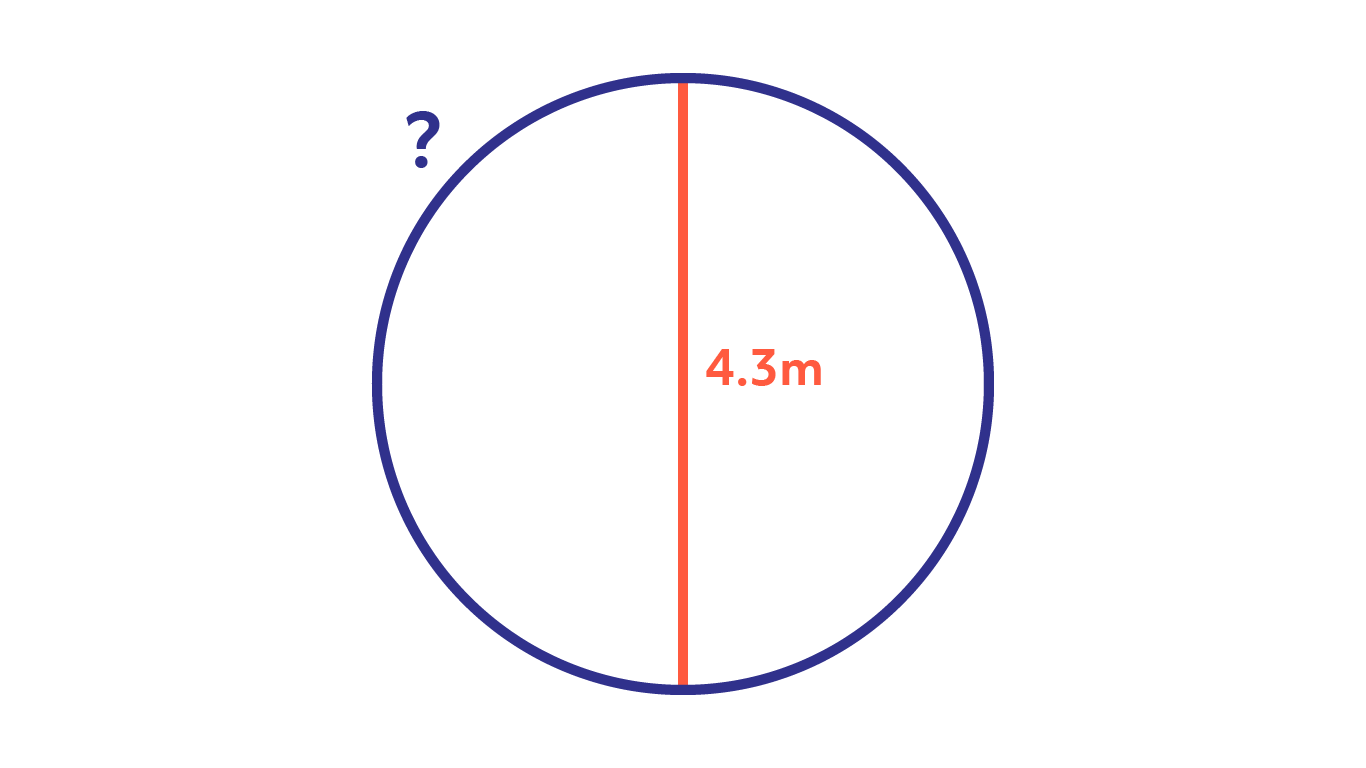

The KGB worked the family over in their usual way before they were allowed to leave Kiev about 12 years ago. He got myasthenia gravis when was 10 or 12, and has spent the last 25 years in bed or a wheelchair. Gregory Chudnovsky is one of the people doing these calculations, and he is the wisest man I know. Most of your comments on the pi calculation were reasonable, but the last few sentences were not. Thank God the rest of us have put such foolishness behind us. The real reason, many feel, is “because it’s there.” So immature. As one learned treatise notes, “thirty-nine places of pi suffice for computing the circumference of a circle girdling the known universe with an error no greater than the radius of a hydrogen atom.” One pi-wars participant rationalizes by saying once you get beyond a billion digits subtle patterns may begin to emerge in the numbers, but give me a break. Why compute one billion digits? God knows. Cecil, knowing his readers’ love of higher mathematics, would be pleased to reprint one of these magic pi recipes in full, but there isn’t room and besides, I gave up Greek subscripts for Lent.
#SCIENTISTS CALCULATE PI SERIES#
The discovery of ever more “efficient” infinite series -that is, that converge on pi faster for each term you add -coupled with the development of bigger and better computers has made it possible to calculate pi to thousands, millions, and now billions of decimal places. This may seem strange -I mean, what do fractions have to do with the circumference of a circle? -but take my word for it, it happens. For example, in 1671 mathematician Gottfried Leibniz discovered that the series 1 – 1/3 + 1/5 – 1/7 + …converges on pi/4. Long ago it was realized that certain infinite series converge on fractions or reciprocals of pi. For example, the limit of the series 1 + 1/2 + 1/4 + 1/8 + …is 2. A converging infinite series is a mathematical sequence that approaches (but never actually reaches) a target number called a limit. Today mathematicians use far more sophisticated algorithms involving converging infinite series. The mathematician Archimedes got as far as 96 sides, calculating that pi was between 3.1408 and 3.1428. Use polygons with more sides and your approximation of pi gets closer and closer. Calculate the perimeter of the polygons (which is pretty straightforward), take an average, and you get a rough idea of pi. The ancient Greeks used a simple method: You draw polygons (e.g., hexagons) around a circle with a diameter of one -one hexagon inside the circle, one out.

Clearly these aren’t guys you’d want to go on a long fishing trip with. Dreaming up “algorithms” (techie talk for “methods”) to compute pi has occupied the world’s great minds for more than two millennia.


 0 kommentar(er)
0 kommentar(er)
